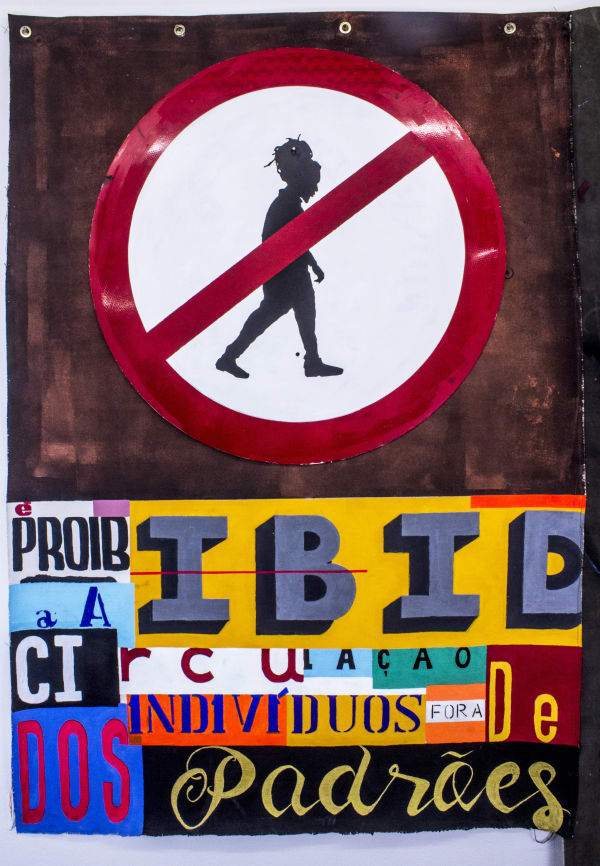Campo Minado: No Martins, Curated by Hélio Menezes
Past exhibition
Overview
A minefield is, by definition, a terrain full of traps underground ready to hurt, or even destroy, anyone who tries to cross a certain area. A spatialization of repressive apparatuses, an artifice to obstruct passage, to impede circulation. The expression also names a popular computer game, which reproduces the explosive logic of war tactics: one false step, one careless move, and the place that seemed safe before, soon becomes a trigger. The term also serves as a good metaphor for the segregated territories of Brazilian social life, full of hidden dangers: for certain bodies, the experience of crossing the invisible borders that divide the city into zip codes, color and class, is equivalent to crossing a minefield. To transit through spaces in which a mere detour or mismatch can trigger incendiary conflicts around the corner.
This matter of urban daily life, of a police state, an unequal society, a watched and cataclysmic life, becomes the center of interest and experimentation in the work of No Martins. In Minefield, the artist from São Paulo, born and resident in the East Side of the city, presents a set of works that dissect the layers of an expressly urban racism, in which the elementary right to come and go is practiced or restricted unequally between blacks and whites, between the periphery and the center.
With autobiographical references and exploring different languages - among paintings, objects, videos, and installations -, No Martins' solo show translates and rereads themes of the day, such as growing mass incarceration, the blatant penal selectivity of the judicial system, structural racism, abusive state violence, and the growth of militaristic discourse in Brazilian society.
The work that lends its name to the show is a good clue to the understanding of the whole. In it, the artist portrays himself with his back to a human scale, positioned in a framed situation. It is not given to the observer to see his face: when we come into contact with the work, we are displaced to momentarily occupy the place of the police at the moment of the approach, looking at him as a public security agent would see him. We are, in this way, as if summoned to understand ourselves as co-responsible for the scene that is set before us - violent, but absolutely mundane for "non-standard individuals" such as the artist: black, young, marginalised.
The horizontal painting on asymmetric pieces of canvas, striking and luminous colours, the exploration of distinctive signs and allegorical elements (traffic prohibitive signs, surveillance cameras, signalling signs), an expressiveness that echoes a street art mural, reinforce and establish an air of urgency, of alert and gravity.
The complementary contrast with Untitled, a vertical and sensitive portrait of a uniformed but barefoot police officer, complexifies the exploration of the theme and undoes hasty manichaeism. With feet that resemble those of Portinari's Mestiço, the absence of shoes brings out the person, the black subject behind the uniform, his inner world beyond (or behind) the job. If we remember that in the history of Brazil the use of shoes was forbidden to the enslaved, becoming a distinctive symbol of freedom, the composition gains new contours.
No Martins' work does not seek conciliation, it is not in search of good manners. A direct language, without beating around the bush, in works such as Expediente and 111 divided by 5, engenders effects of denunciation, but also an invitation to action, to leave lethargy in the face of a state of siege. The search for a reflection on the present moment, the now, is the mark and poetic power of his production. Nothing seems to escape his gaze: the murder of five young people with 111 shots by the police (the number of bullets is the same, shockingly, as the number of prisoners killed in the Carandiru massacre); the professionalization of drug trafficking and its promiscuity with institutional politics; the strangulation of a young black man by a "tie" given by a supermarket security agent. Episodes of daily violence that inform a deliberately politicized artistic production, in line with more contemporary art movements concerned with influencing and wishing to act on the course of life.
Works





